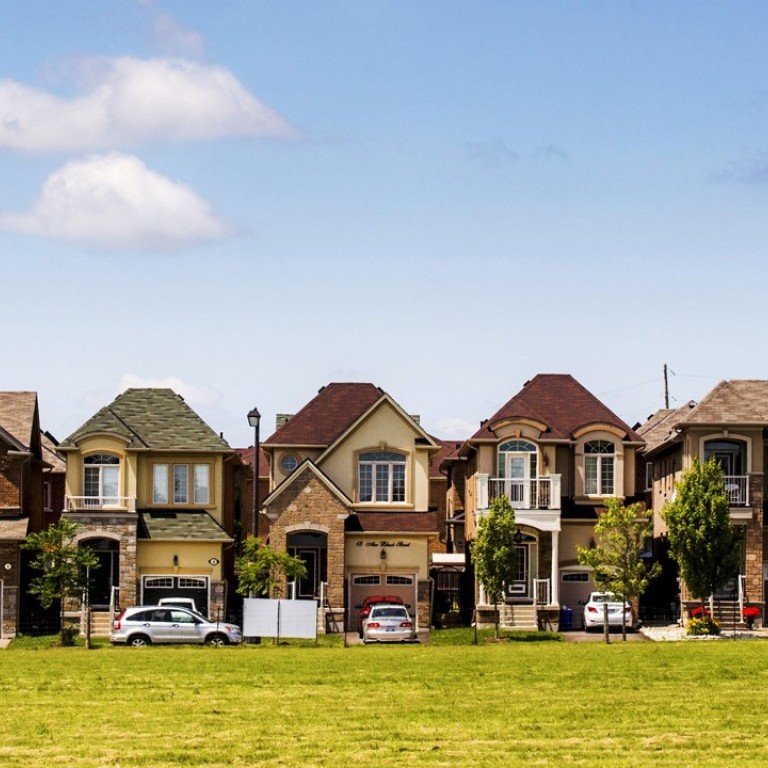
Canadian rate rise seen spurring housing before consumer crunch
A second rate rise by the Bank of Canada will temporarily goose housing as buyers look to complete deals before mortgage rates go up, but higher borrowing costs will soon weigh on Canada’s indebted households and douse spending and home buying.
The central bank raised rates unexpectedly last week, the second increase in a row, but pledged to pay close attention to how the economy reacts to the higher cost “given household indebtedness”.
Canada’s long housing boom has already begun to cool dramatically in the wake of rule changes aimed at what many feared was a housing bubble, particularly in Toronto. The fresh rate rise is expected to exacerbate the slowdown.
“The psychology of the market is that people are saying ‘The party is over, the era of sub-3 per cent mortgages is done’,” said John Andrew, director of Queen’s University Real Estate Round Table. “Mortgages are going to cost a lot more and who knows what is going to happen next.”
Would-be buyers who locked in a lower mortgage rate in recent months may jump quickly to buy before their rate expires, but such a bounce in September home sales will only be temporary before the market cooling resumes, Andrew said.
While only about a quarter of Canadians use variable rate mortgages – whose cost rises when market rates go up – the number of households who have taken a home equity line of credit has soared nearly 40 per cent since 2011, leaving many vulnerable to the rate rise.
The decade-long housing boom also helped drive household debt to near-record levels as Canadians stretched to get into the expensive housing market.
Insolvency trustee Doug Hoyes is worried about what happens now that debt costs are going up just as house prices are going down, a dynamic that will prevent Canadians from tapping more equity from their homes to pay their bills.
“Canadians are carrying more debt today than at any time in history, but we’ve been able to service it because rates are low and we’ve been able to draw on equity in our house as needed,” said Hoyes.
“Over time we are going to see more people with no equity in their houses and then what are they going to do? ... If everyone tries to sell their house at the same time, we know what will happen to the housing market.”
If everyone tries to sell their house at the same time, we know what will happen to the housing market
Sales in Canada’s largest city, Toronto, fell 35 per cent in August from a year earlier – the fifth monthly drop – and prices were down more than 20 per cent from April.
The rate rise, which most economists believe will be followed by more increases in 2017 or 2018, will also dampen consumer spending, said Moody’s Analytics economist Paul Matsiras.
“As the Bank of Canada normalises the policy rate, consumers will be forced to cut back spending to pay off their debt and effectively pump the brakes on economic growth,” he wrote in a note to clients. “By reducing credit growth, policymakers will also help cool down the red-hot housing market by restraining demand for homes.”
Still Robert Hogue, senior economist at Royal Bank of Canada, believes policymakers can raise costs enough to head off inflation and rein in borrowing without sending the housing market into a crash landing.
“It’s likely going to be a bit more restraining for housing demand, and it raises the bar for first-time homebuyers, but it is not a game changer,” said Hogue. “It’s probably going to push prices down a little bit more next year ... but it still fits our long-held view for a soft landing.”

